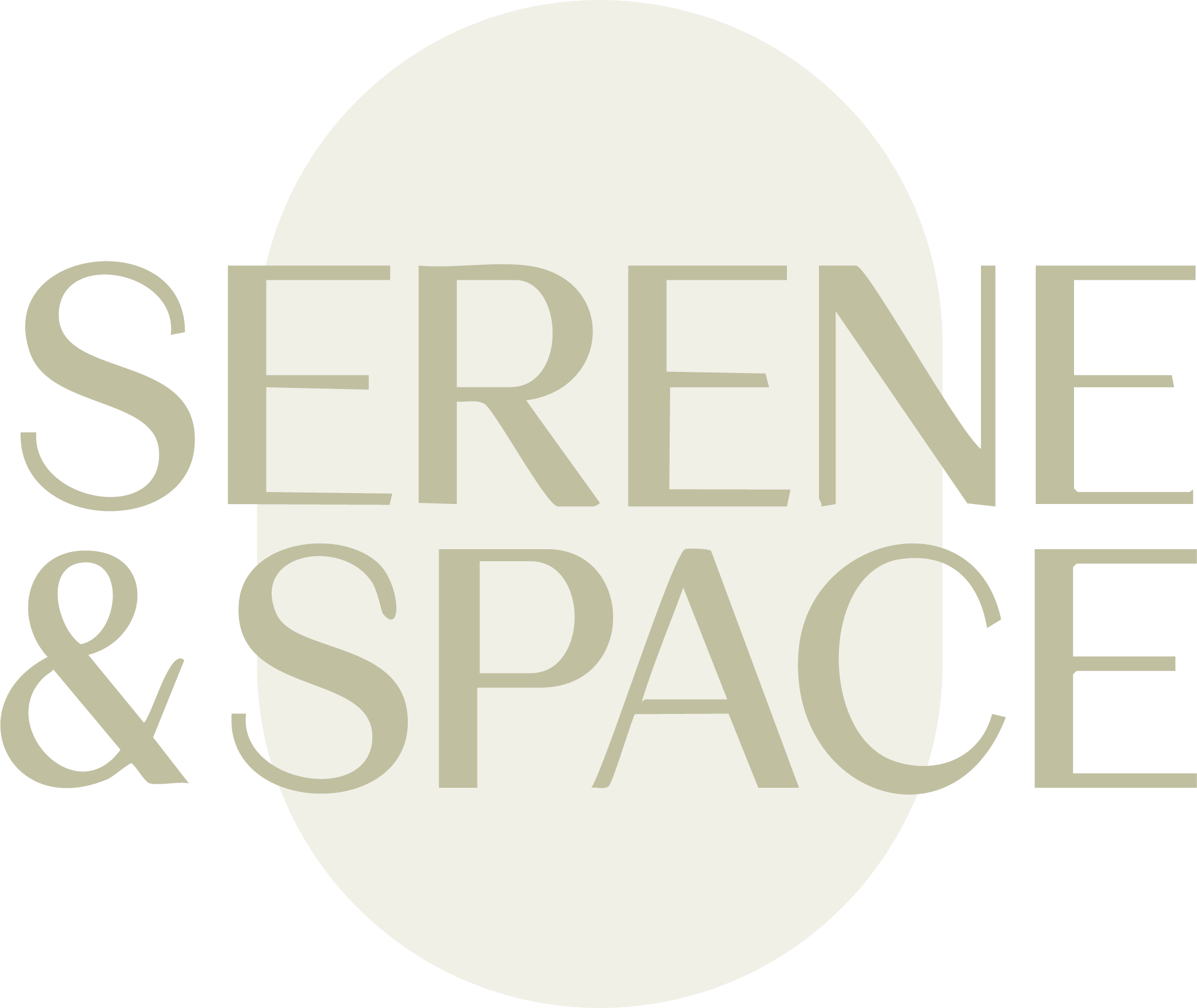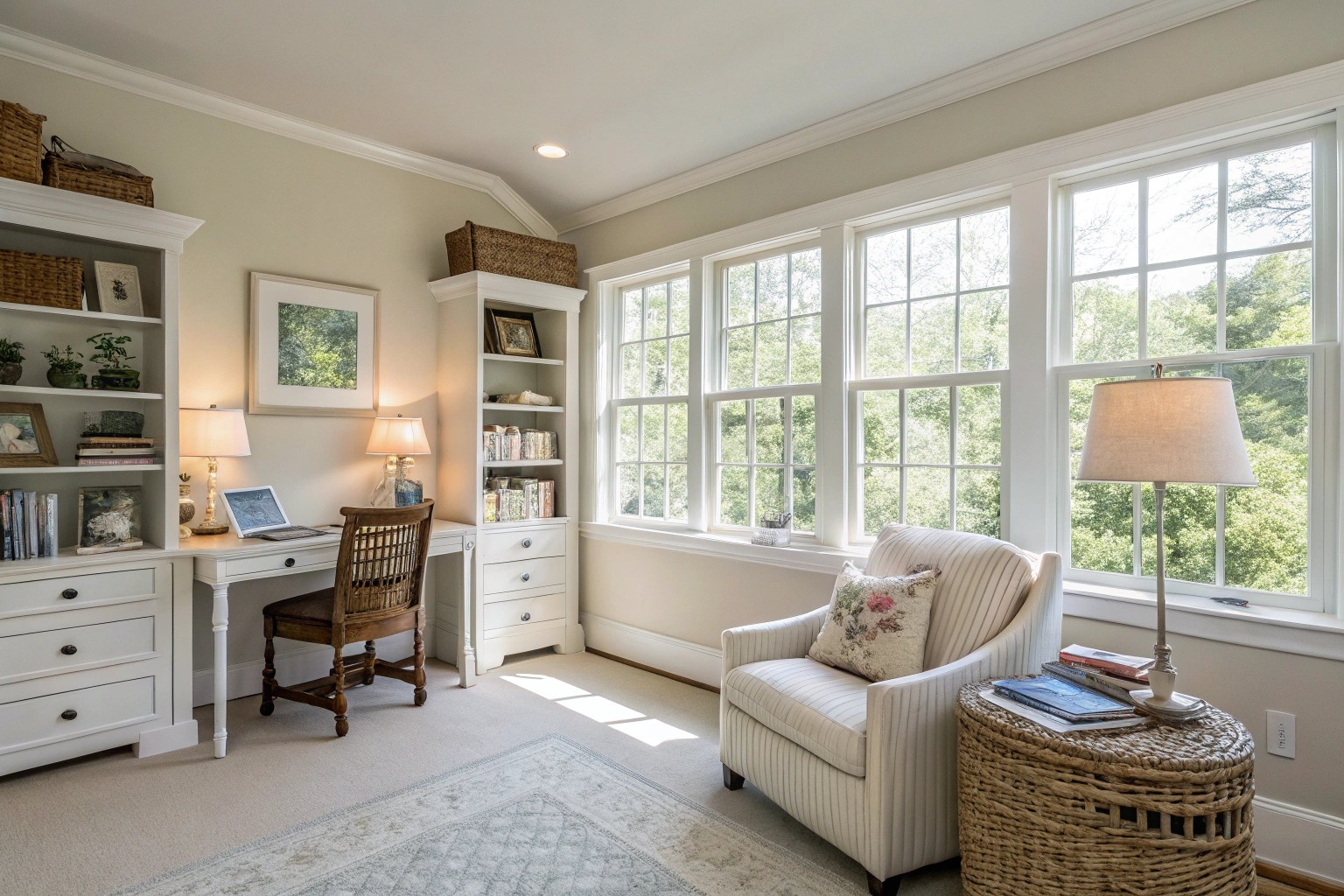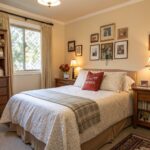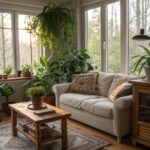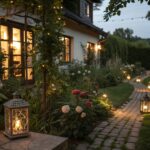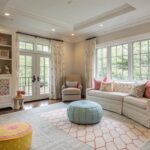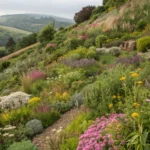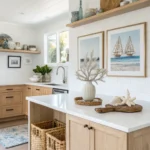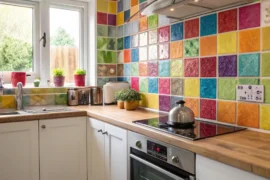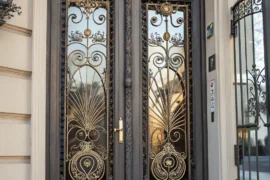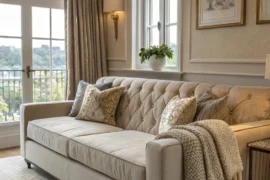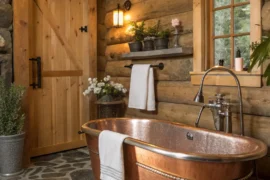Major life transitions—whether divorce, empty nest syndrome, job changes, or loss—often leave us craving a physical transformation of our living spaces to match our inner renewal. Creating beauty in your home and garden during these pivotal moments doesn’t require a designer’s budget; it requires strategic thinking, creativity, and the courage to reimagine familiar spaces.
Understanding the Psychology of Space During Transition
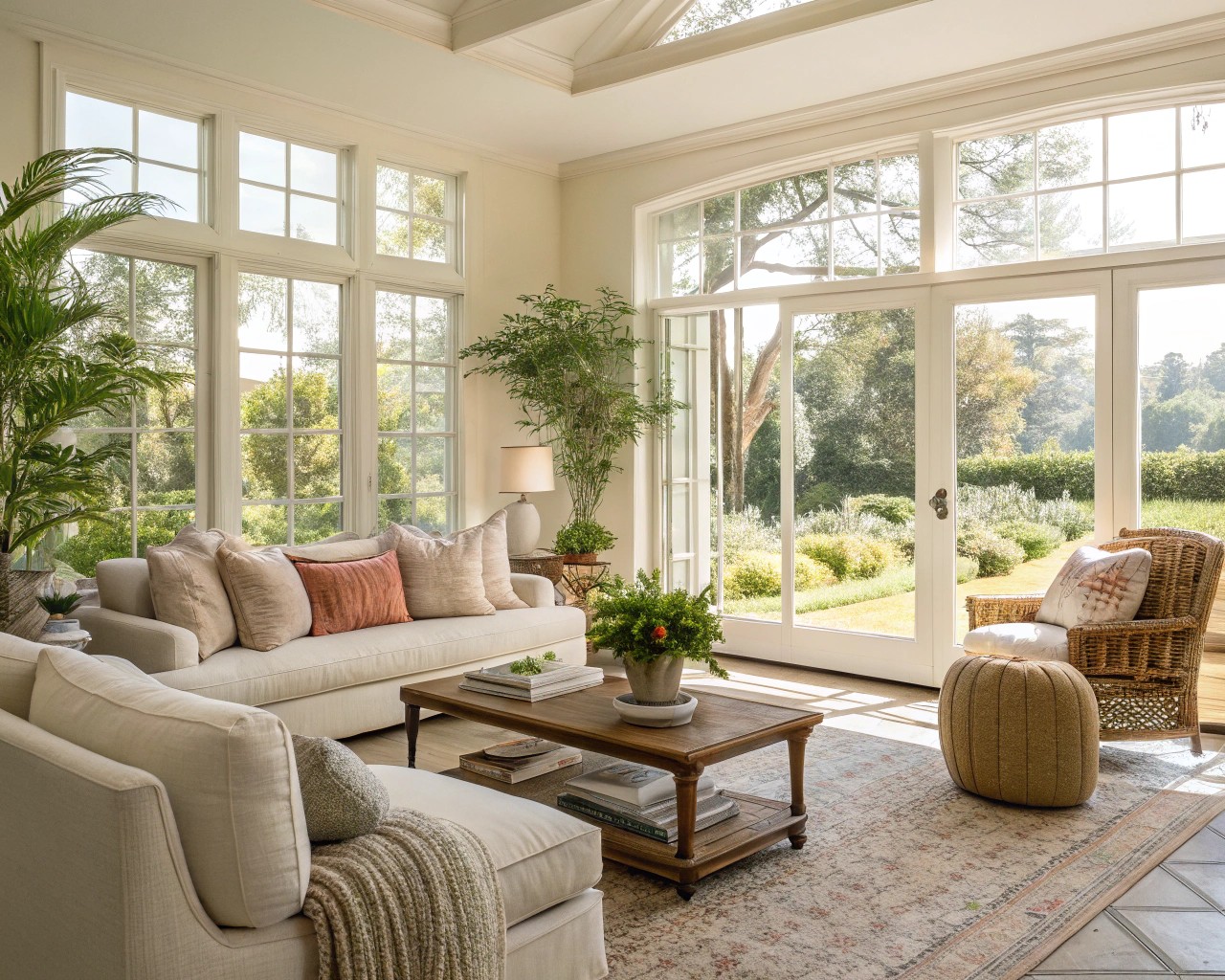
Life changes can make even the most beloved spaces feel foreign or heavy with memories. The good news is that our environments are remarkably adaptable, and small, thoughtful changes can shift the entire energy of a home. When working with clients navigating major transitions, I’ve observed that the most successful transformations start with a clear understanding of what the space needs to support moving forward.
The key is recognizing that budget constraints can actually enhance creativity rather than limit it. Some of the most stunning transformations I’ve witnessed came from homeowners who approached their spaces with fresh eyes and limited resources, forcing innovative solutions that professionally designed spaces often miss.
Strategic Assessment: Where to Begin
The Two-Hour Home Audit
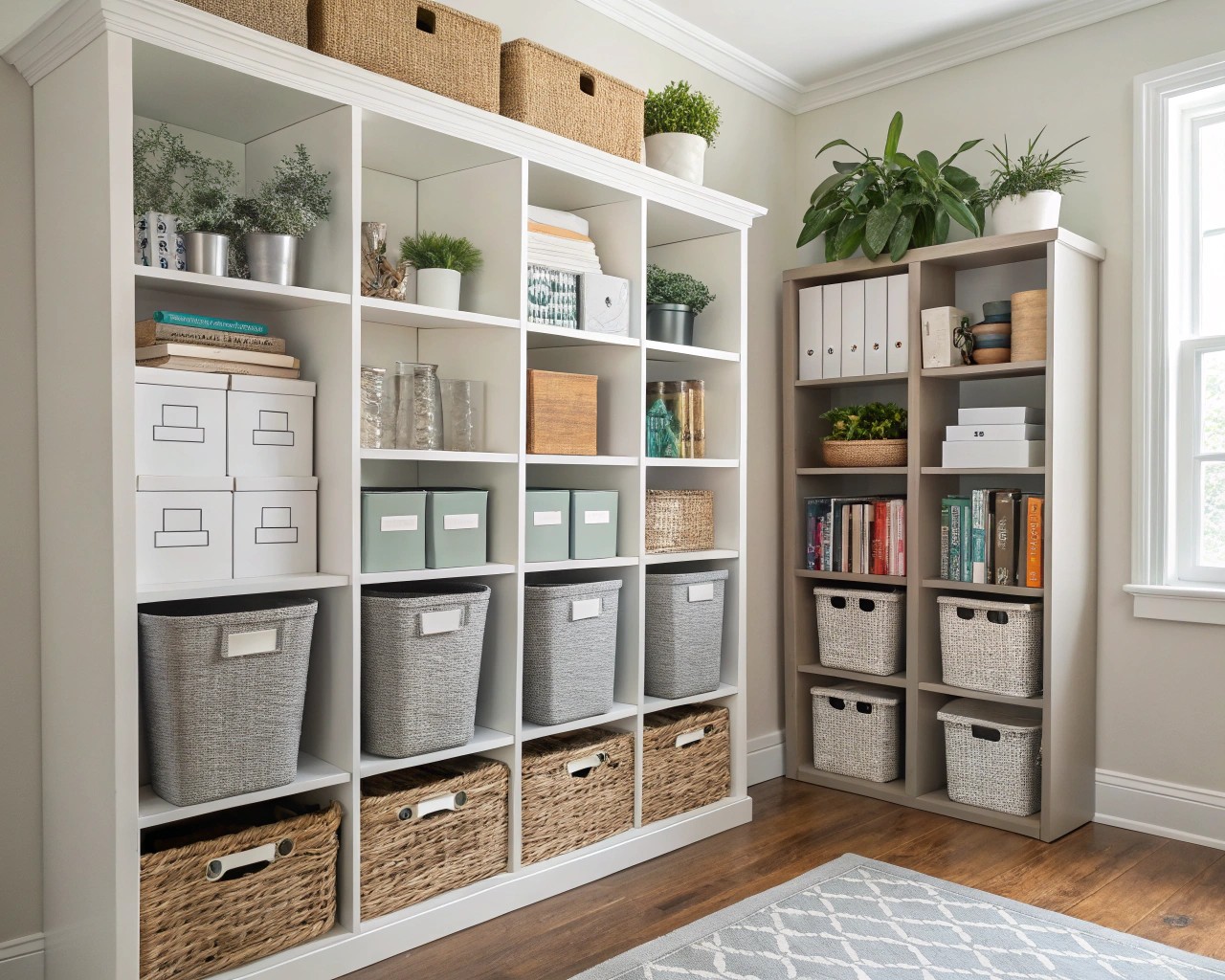
Before spending a single dollar, conduct a systematic assessment of your existing resources. This process, which I call the “treasure hunt approach,” consistently reveals hidden potential in every home.
Interior Assessment:
* Gather all portable accessories in one central location
* Document furniture pieces that could serve new functions
* Identify architectural features that could be enhanced
* Note lighting deficiencies and opportunities
* Catalog storage challenges and solutions
Exterior Assessment:
* Map existing mature plants and hardscaping elements
* Identify microclimates and sun patterns
* Note drainage issues or opportunities
* Document views to enhance or screen
* Assess soil conditions in key areas
This systematic inventory prevents unnecessary purchases while revealing transformation opportunities you might otherwise overlook.
Interior Transformations: Room by Room Strategy
Living Spaces: The Foundation of Daily Life
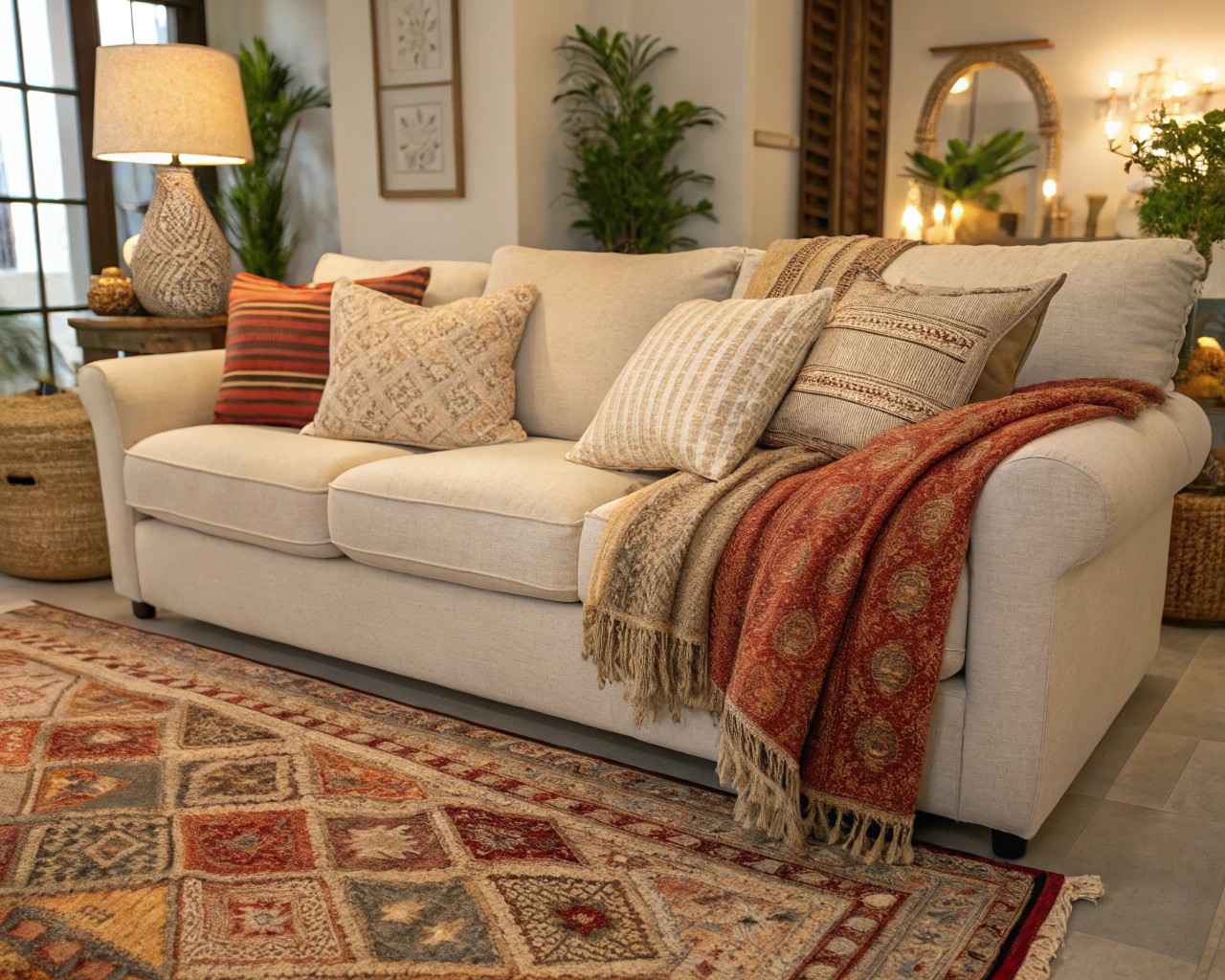
The living room serves as the emotional center of most homes, making it crucial for reflecting your new chapter. Strategic updates here create the strongest psychological impact per dollar invested.
Paint: The Ultimate Game-Changer
Fresh paint delivers the highest impact-to-cost ratio of any interior update. For major life transitions, consider colors that support your emotional goals:
- Soft grays or sage greens for calm and clarity
- Warm whites to create openness and possibility
- Deep blues or teals for stability and confidence
- Accent walls in bolder colors for energy without overwhelming
Lighting: Creating Atmosphere
Proper lighting transforms both function and mood. Budget-friendly solutions include:
* Installing dimmer switches on existing fixtures ($15-30 per switch)
* Adding table lamps to dark corners ($25-75 each)
* String lights for ambient warmth ($10-25)
* Solar-powered outdoor lights brought indoors for unique accent lighting
Bedrooms: Personal Sanctuary Design
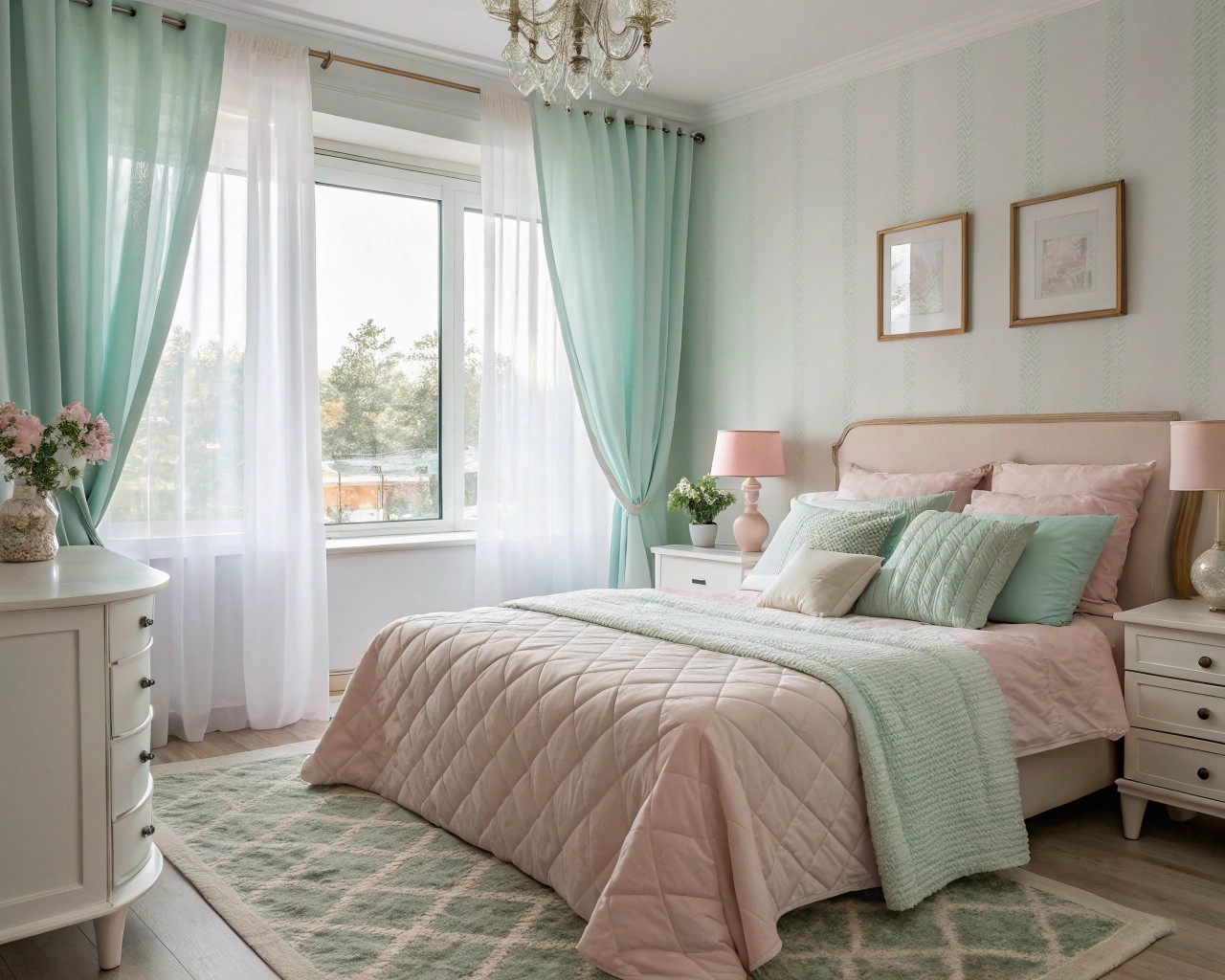
Creating a restful bedroom sanctuary becomes especially important during life transitions. Focus on these high-impact, low-cost updates:
Textiles and Soft Furnishings
New bedding, curtains, and throw pillows can completely transform a bedroom’s personality. Strategic fabric choices include:
* Natural fibers like cotton or linen for comfort and durability
* Layered textures to add visual interest
* Coordinated color palettes that extend to window treatments
Storage and Organization
Decluttering and reorganizing create both visual calm and functional efficiency. Effective solutions include:
* Under-bed storage containers for seasonal items
* Wall-mounted shelves for books and personal items
* Decorative baskets for everyday clutter
Kitchen and Dining: Heart of the Home
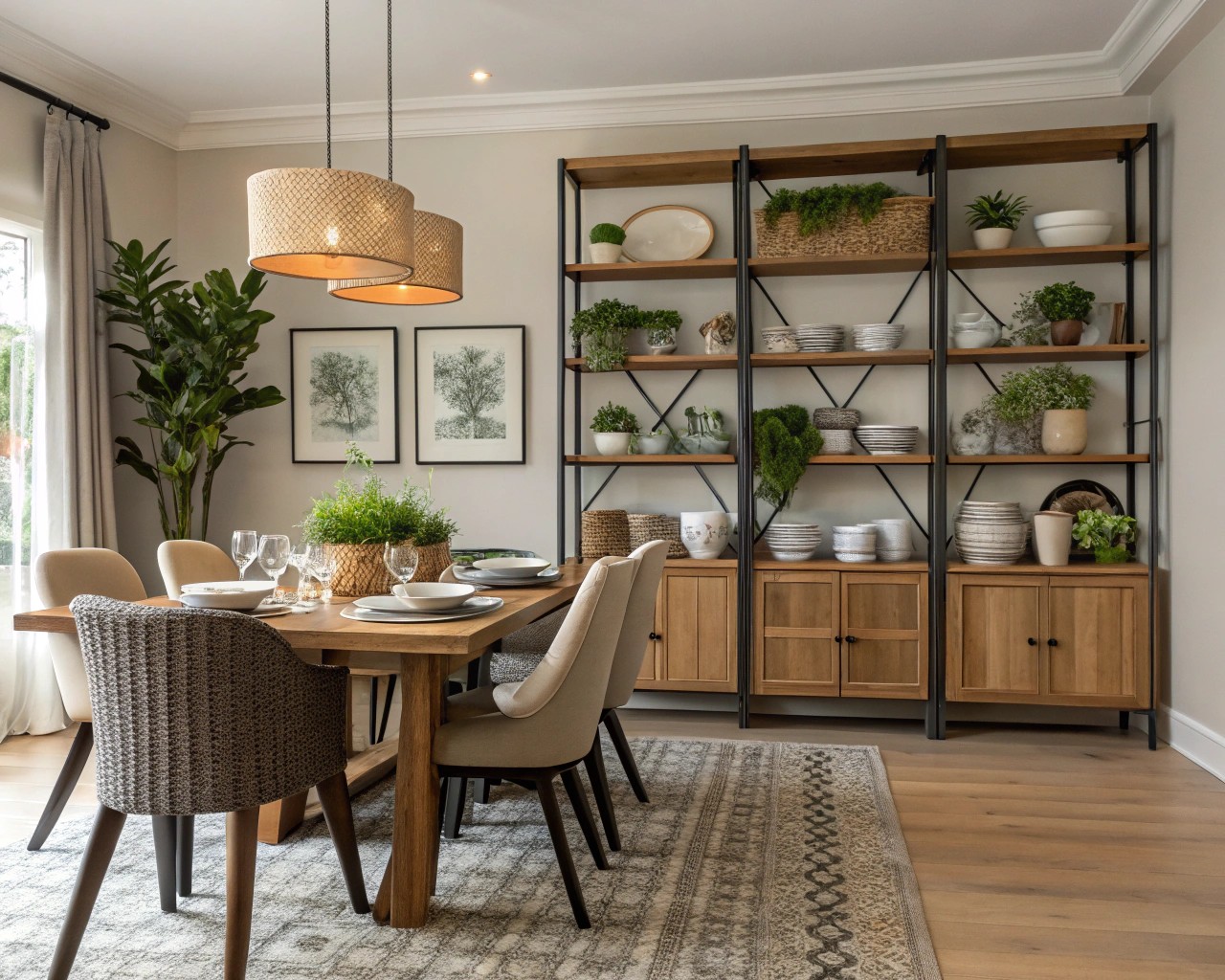
Kitchen updates often feel expensive, but strategic changes create dramatic impact. Focus on these areas:
Quick Updates That Matter:
* New cabinet hardware ($2-15 per piece)
* Peel-and-stick backsplash tiles ($1-5 per square foot)
* Open shelving to replace upper cabinets (DIY project, $50-150)
* Fresh caulk and grout cleaning (under $20)
Functional Improvements:
* Rolling storage carts for additional workspace ($30-80)
* Magnetic knife strips and spice containers ($15-40)
* Under-cabinet lighting strips ($20-60)
Outdoor Transformations: Landscape as Sanctuary
Budget-Conscious Garden Planning
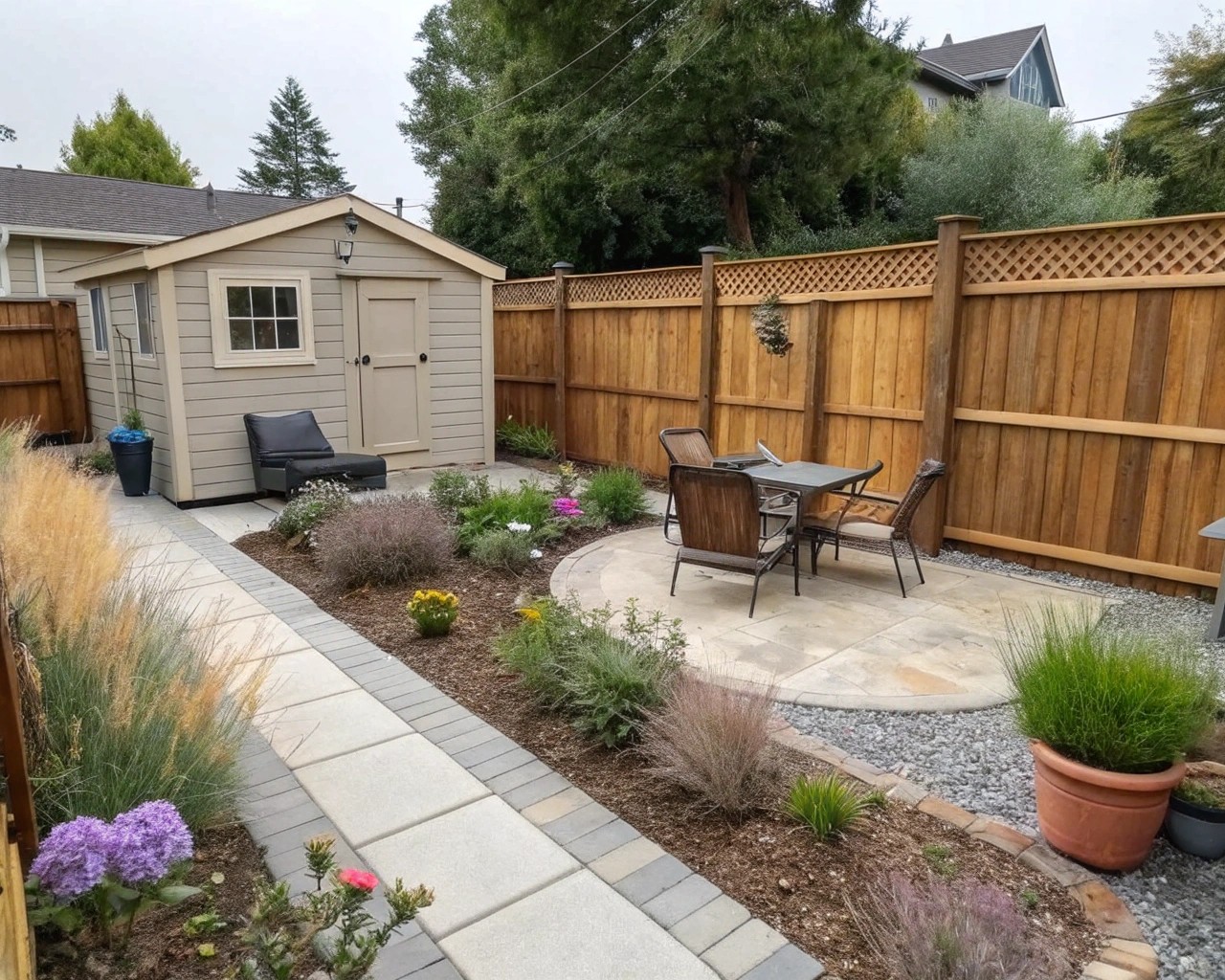
Creating beautiful outdoor spaces on a budget requires understanding the 70-20-10 principle: 70% of your budget should focus on structure and plants, 20% on hardscaping improvements, and 10% on decorative elements.
Strategic Plant Selection
Perennials provide the best long-term value, returning year after year with minimal additional investment. Recommended budget-friendly perennials include:
| Plant Type | Cost Range | Benefits | Maintenance |
|---|---|---|---|
| Black-eyed Susan | $5-15 | Long bloom period, drought tolerant | Low |
| Hostas | $8-25 | Shade tolerance, varied foliage | Low |
| Daylilies | $6-20 | Multiple bloom cycles, adaptable | Low |
| Ornamental grasses | $10-30 | Year-round structure, movement | Very low |
Hardscaping on a Budget
Focus on cost-effective materials that provide maximum visual impact:
* Mulch and gravel for defined beds and pathways ($2-4 per bag)
* Edging materials to separate lawn from planting areas ($1-3 per linear foot)
* DIY stepping stones using concrete molds ($15-30 per project)
Creating Outdoor Rooms
Transform outdoor spaces into functional “rooms” using budget-friendly techniques:
Defined Spaces:
* Use potted plants to create natural boundaries
* String lights or solar lanterns for evening ambiance
* Weather-resistant outdoor rugs to define seating areas ($30-150)
* Repurposed furniture painted for weather resistance
Vertical Gardens:
Maximize planting space in small areas using vertical growing techniques:
* Wall-mounted planters for herbs and small flowers
* Trellises for climbing plants ($15-50)
* Hanging baskets for trailing plants ($10-30 each)
Implementation Timeline: Phased Approach to Transformation
Phase 1: Foundation (Weeks 1-2)
- Complete home audit and decluttering
- Paint priority rooms
- Reorganize existing furniture and accessories
- Budget: $100-300
Phase 2: Comfort and Function (Weeks 3-6)
- Update lighting and textiles
- Add storage solutions
- Begin outdoor cleanup and basic landscaping
- Budget: $200-500
Phase 3: Personality and Polish (Weeks 7-12)
- Install new hardware and finishing touches
- Add plants and outdoor improvements
- Create designated outdoor living spaces
- Budget: $150-400
This phased approach prevents overwhelm while allowing you to live with changes and adjust plans as your vision develops.
Maintenance and Sustainability
Long-term Care Strategies
Budget transformations require sustainable maintenance approaches to preserve their beauty and function:
Indoor Maintenance:
* Establish weekly decluttering routines
* Rotate accessories seasonally to maintain fresh perspectives
* Invest in quality storage solutions that encourage organization
Outdoor Maintenance:
* Choose native plants that thrive without intensive care
* Implement water-wise gardening techniques
* Create composting systems to reduce soil amendment costs
Future Investment Planning
Plan for future improvements by identifying areas where quality upgrades will provide long-term value:
* High-traffic flooring areas for eventual replacement
* Major appliances that may need updating
* Structural improvements like windows or roofing
